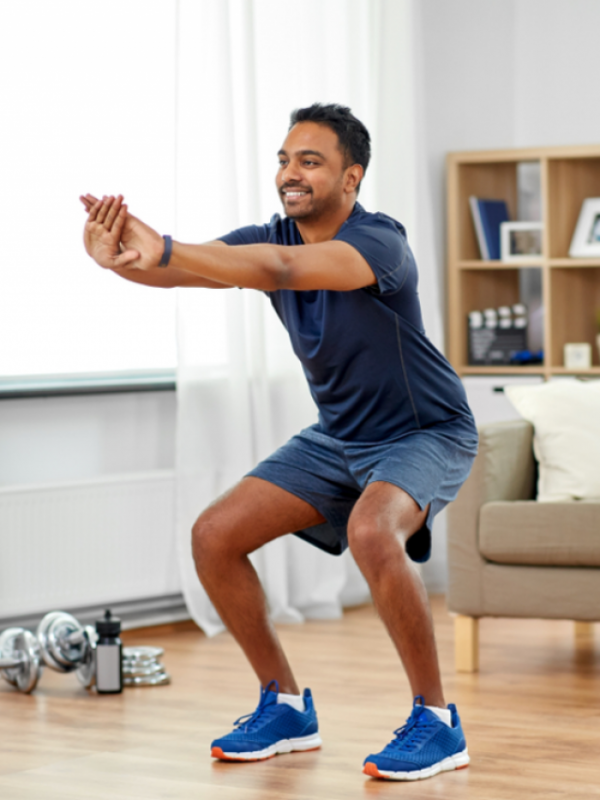Antioxidants
Beyond the Gym: Exploring the Benefits of Functional Fitness
When it comes to fitness, it’s easy to associate it solely with workouts in the gym, lifting weights, or running on a treadmill. However, a rising trend takes a different approach to fitness—functional fitness. This blog post will delve into functional fitness and explore its benefits beyond traditional gym workouts. So get ready to discover a new perspective on exercise and how it can enhance your daily life.
- Understanding Functional Fitness: Functional fitness focuses on movements that mimic real-life activities, enabling you to perform daily tasks more efficiently and with a reduced risk of injury. Unlike isolated exercises that target specific muscles, functional fitness aims to improve overall strength, mobility, and coordination. We’ll explore the principles behind functional fitness, emphasizing full-body movements and engaging multiple muscle groups simultaneously.
- Enhancing Daily Functionality: One of the primary benefits of functional fitness is its direct impact on daily functionality. We’ll discuss how practical exercises like squats, lunges, and pushing or pulling movements improve mobility, balance, and stability. By training our bodies to move more efficiently in everyday activities, such as lifting groceries or bending to pick up objects, we can enhance our quality of life and reduce the risk of injury.
- Core Strength and Stability: A strong core is essential for optimal posture, balance, and overall strength. Functional fitness strongly emphasizes core engagement during exercises, helping to develop a stable and supportive midsection. We’ll explore how exercises like planks, rotational movements, and kettlebell swings can strengthen your core and improve your body’s stability.
Read More – Fitness Fun: Workout Routines for a Stronger You
- Injury Prevention: By focusing on movements that simulate real-life activities, functional fitness helps to reduce the risk of injury. We’ll discuss how incorporating exercises that mimic everyday actions, such as bending, twisting, and lifting, can improve joint stability, flexibility, and muscular strength. Additionally, we’ll explore the importance of proper form and technique to ensure safe and effective functional workouts.
- Improving Sports Performance: Functional fitness is not limited to everyday activities; it can also enhance athletic performance. Whether you’re an athlete or enjoy recreational sports, functional exercises can improve your agility, power, and endurance. We’ll highlight how incorporating functional movements like jumps, sprints, and lateral directions can take your sports performance to the next level.
- Versatility and Accessibility: One of the most significant advantages of functional fitness is its versatility and accessibility. We’ll discuss how practical exercises can be performed using bodyweight, resistance bands, kettlebells, or other simple equipment, making them suitable for various fitness levels and environments. Whether you’re at home, in a park, or traveling, functional fitness provides opportunities for effective workouts anywhere, anytime.
Conclusion: Functional fitness offers a refreshing approach to exercise, focusing on movements that improve daily functionality, core strength, injury prevention, and sports performance. Incorporating functional exercises into your fitness routine can enhance your overall fitness level, mobility, and quality of life. Embrace the versatility and benefits of functional fitness, and discover a new dimension to your fitness journey beyond the traditional gym setting.


